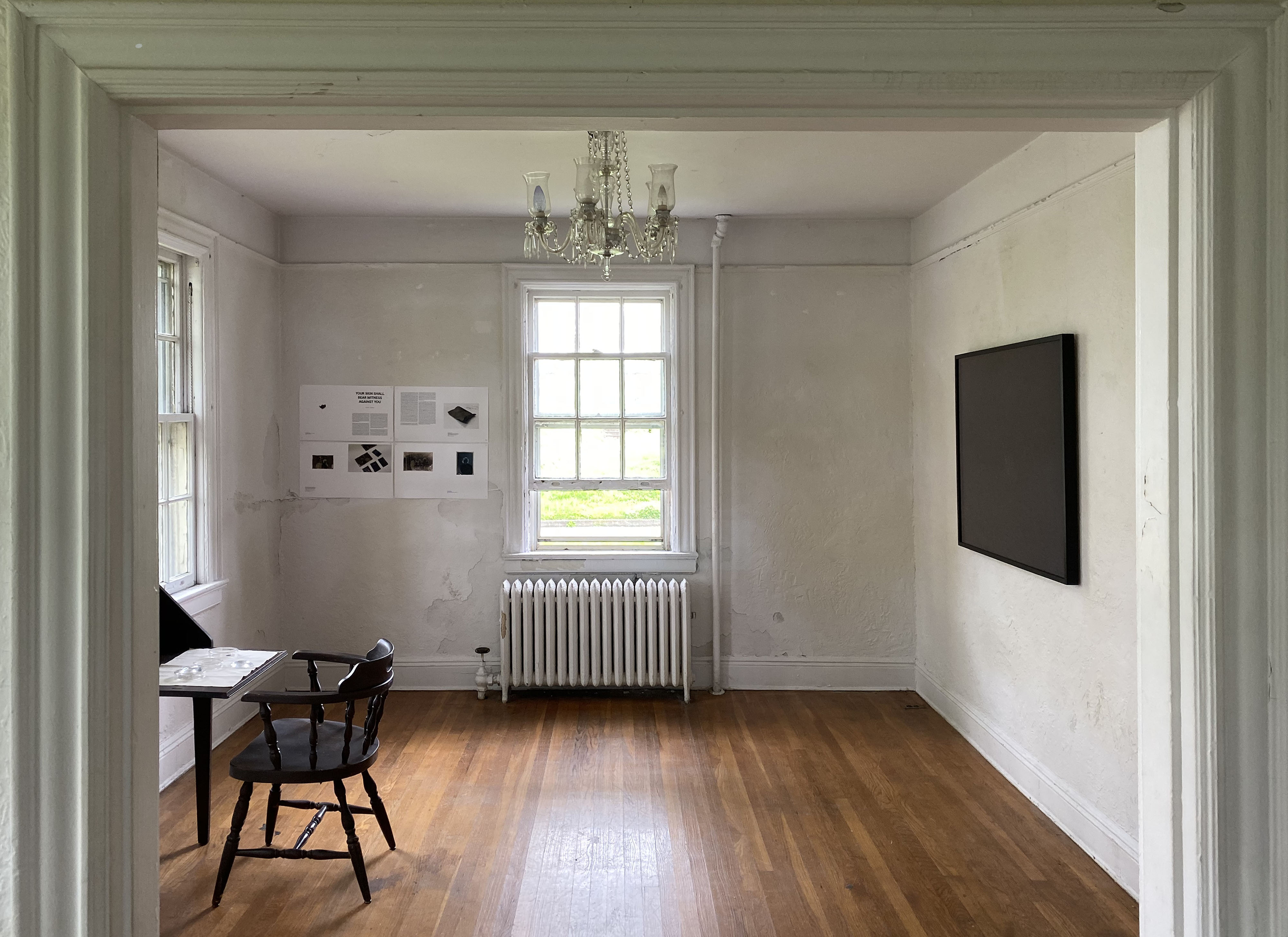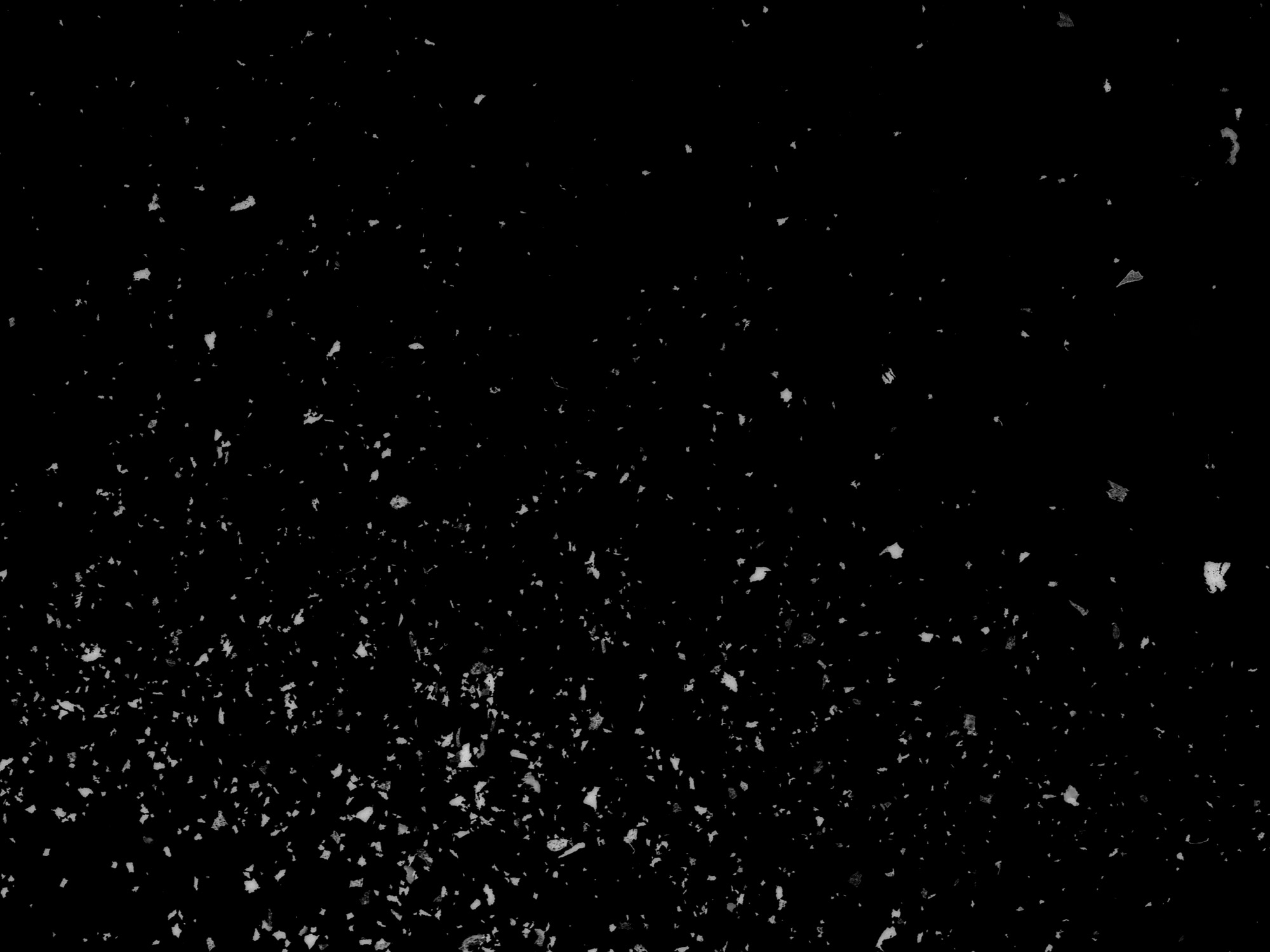Shows
Protocinema: “A Few in Many Places”


The New York chapter of Protocinema’s six-city group exhibition “A Few in Many Places” was held on Governors Island, a historically fraught former military base. On an overcast Saturday in June, when social distancing practices were loosening, tourists flocked to the island, but by the time I arrived at the site of the exhibit—one of the preserved houses on Colonels Row—the busy atmosphere had dissolved somewhat. Few people drifted inside, where the live music from the Jazz Age festival across from the house could still be heard. The experience felt like going to a carnival with the seriousness of attending an opera.
Perhaps that’s the point of Protocinema’s global series of interventions: to jar audiences out of oppressive spaces. With “A Few in Many Places” the art organization intended to explore “cycles of violence” through site-specific installations by 20 artists. Their execution, on the other hand, was only semi-successful in New York.
In two rooms and a hallway, reproductions of the front and back sides of seven old photographic portraits in varying sizes were mounted on the walls as part of Rehan Miskci and Moneeza Burney’s Traces, Interventions, Missing Pieces in the Krikorian Archive (2021). Traces chronicles the lives of Garabed Krikorian, an Ottoman Armenian who opened Jerusalem’s first photography studio in 1885, and of his son Johannes, who took over the enterprise in 1913. The photos register the historical currents swirling around the Krikorian family. For instance, in a portrait taken in 1927, Garabed wears a fez and tie, which the caption notes as “two items of clothing that seemed to be clashing at the time in his hometown of İzmir, Smyrna, Turkey.” In 1925, Mustafa Kemal Atatürk, the first president of the Republic of Turkey, outlawed the Ottoman fez in favor of modern European attire.
Miskci and Burney emphasize the materiality of the photographs. The wall text devotes paragraphs to describing creases, folds, fingerprints, and frames that are the residue of these pictures having passed through many hands over time. One portrait of Johannes is attached to a cardboard citizen’s ID for Palestine that was effective until 1948, amid the Palestine war (1947–49). The caption brought attention to the holes where the photo and ID were stapled together, noting that they “will lose their agency and power to affirm Johannes’ citizenship status” with the dissolution of Mandatory Palestine and the declaration of the establishment of the State of Israel. The Krikorians eventually lost their studio and most of their possessions.
A pitfall of the installation was the use of handwritten captions on the house’s chipping white walls due to Protocinema’s mission to mount eco-friendly exhibitions. Commendable in principle, the decision proved problematic since the work relies on these captions to elucidate the photographs’ historical, cultural, and biographical contexts, and the faint and semi-legible writing created unnecessary confusion and eye strain.

Located in the back room of the house, Vartan Avakian’s photographic series Suspended Silver (2015) was more effectively displayed. Complementing Traces, Avakian’s installation concentrates on the preservation of photographic elements, specifically the light-sensitive silver crystals that form the basis of black-and-white film stock. On a table, under three glass dishes, were silver particles taken from debris Avakian had found in nitrate negatives, whose reproductions were installed on a wall providing a narrative and context of the materials. On another wall was Suspended Silver: Dispersion 50 (2015), a large 90 x 120 cm photographic print of the crystals Avakian had gathered. Silver specks of different shapes and sizes dot a black background, radiating outward from the center of the photograph to create the illusion of depth. For Avakian, those silver flecks are like the DNA of pictures, just waiting to be decoded to reveal what they contain.
By highlighting a lesser-known narrative of a displaced family on a site taken over from Lenape first by Dutch and British colonizers and later by the United States military, Protocinema overlaid a local with a global history, though never explicitly connecting the two. Notwithstanding drawbacks in installation, the show disrupted a place now overrun with tourism, gesturing to the fraught pasts intrinsic to the island and to the objects displayed.
Protocinema’s “A Few in Many Places” is on view at 410A Colonels Row, Governors Island, New York, until August 8, 2021.







